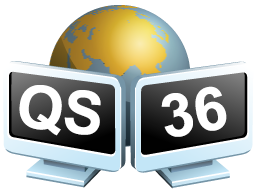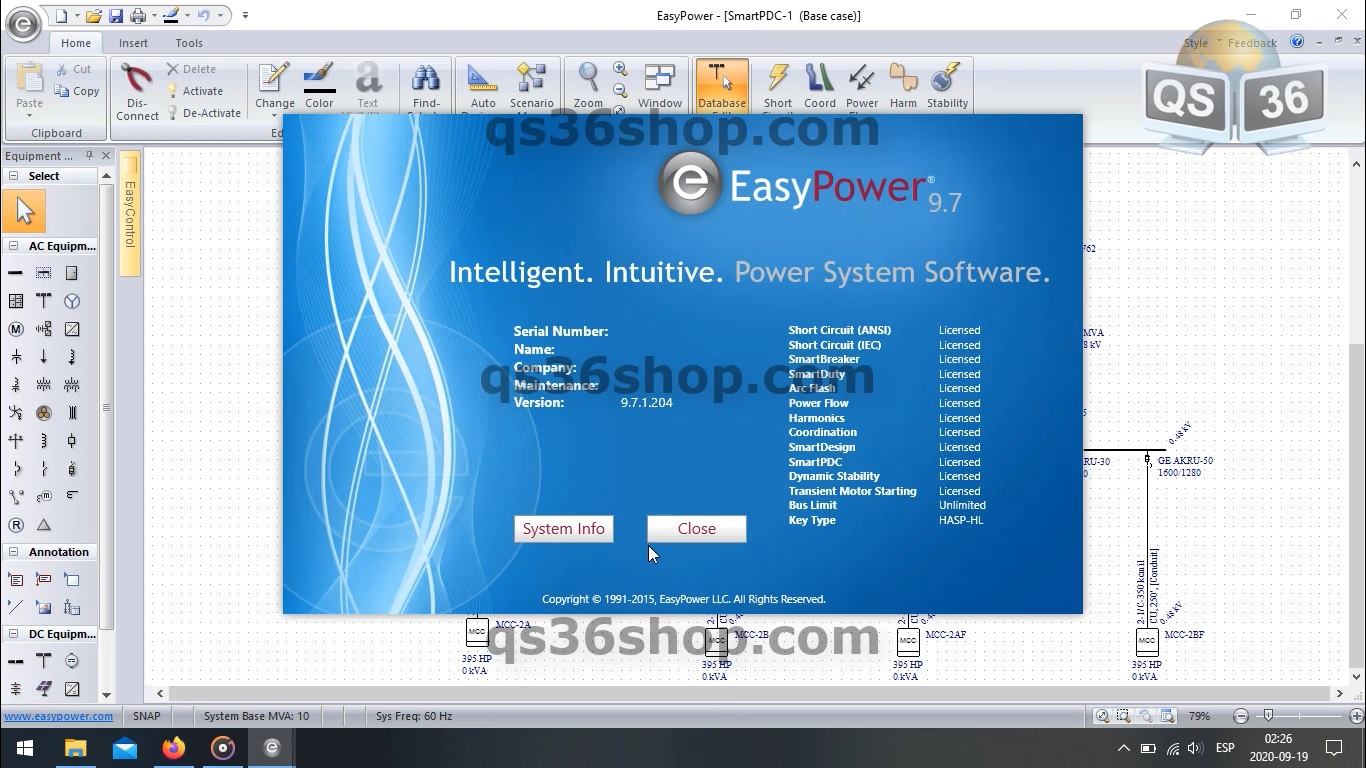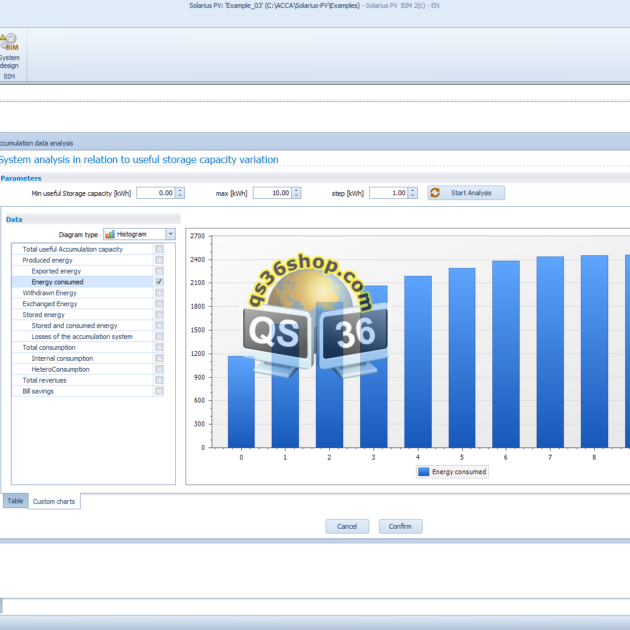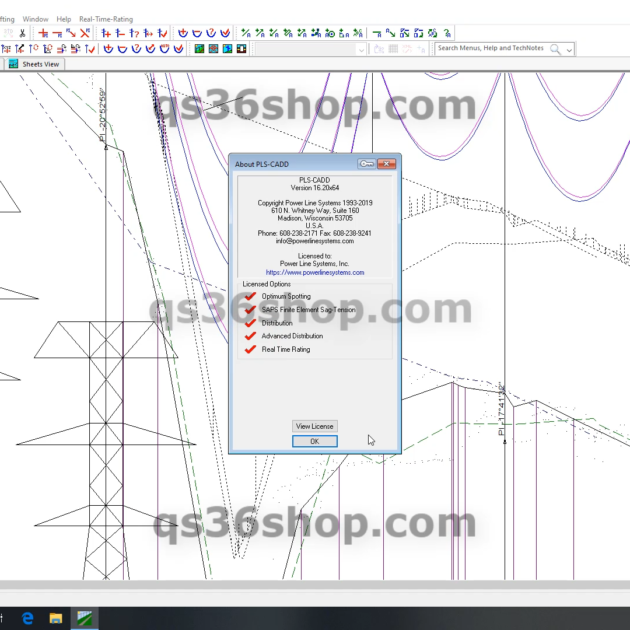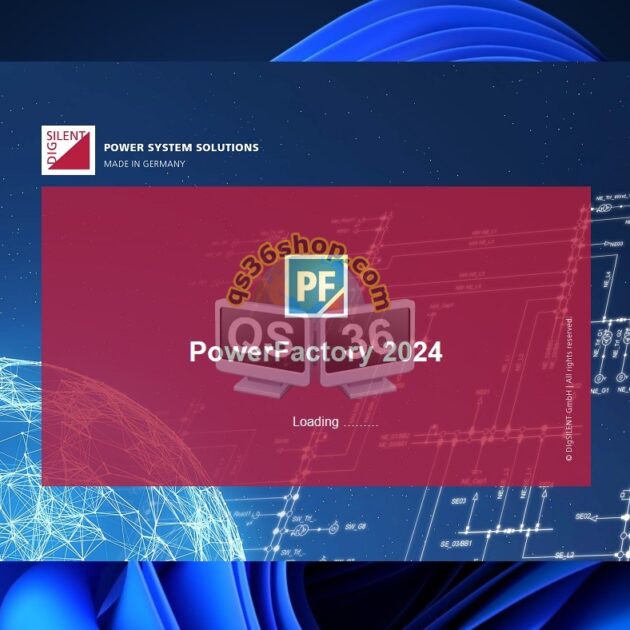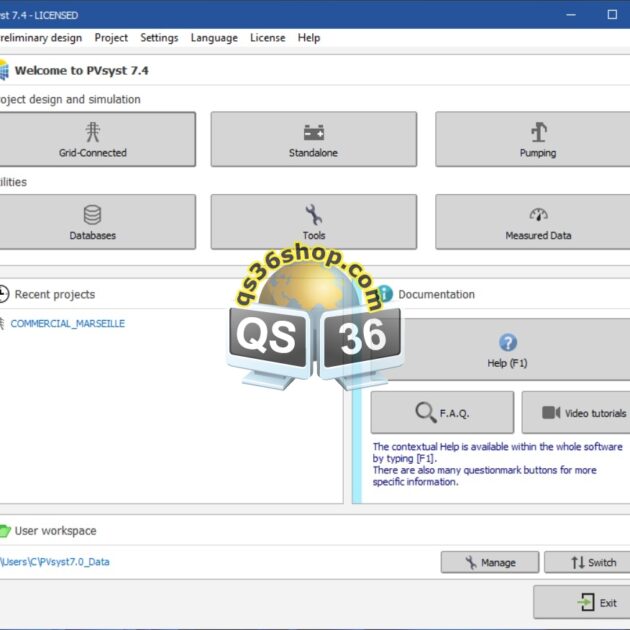Description
New Features, Enhancements, and Bug Fixes in EasyPower 9.7
The following new feature additions, enhancements and bug fixes are included in EasyPower 9.7
NFPA 70E 2015 Enhancements
- Arc flash label templates have been updated with the following changes:
- “Prohibited Approach Boundary” has been removed from all templates.
- The header now displays “Arc Flash and Shock Risk Assessment” instead of “Arc Flash and Shock Hazard.”
- For standard label and die cuts, “cal/cm2” now displays as “cal/cm2 at 18 inches — Arc Flash Incident Energy.”
- Approach boundaries for shock protection have been updated per the new standard.
- Previously, where the approach boundary distance for shock protection was specified as “Avoid Contact,” it was shown as 0′ 0″ in the arc flash report and arc flash labels. The software now displays “Avoid Contact.”
- In Short Circuit Options, on the Arc Flash Hazard tab, the Standard list has been updated to refer to NFPA-70E 2015 D.2, D.3 +.
- PPE level 0 for the table PPE Levels NFPA 70E 130.7(C)(16) has been changed from a PPE level text of #0 to #1.
Tool Points of Connection
- A Tool Point of Connection is a new equipment item available in EasyPower. It is used to represent the multiple electrical connection points of a tool (such as a manufacturing tool). A tool point of connection comprises both the bus and the load data for the tool and enables you to calculate the arc flash hazard for the tool.
- A tool point of connection is displayed on the Equipment Palette and the Insert menu as a triangle.
- In the Tool Point of Connection dialog box, there is a button next to the ID Name where you can enter tool information.
- The menu under Tools > Options now includes additional options for Facilities, Floors and Locations, which is information used by tools.
Arc Flash
- When the Include 1584 CL Fuse Calcs option is selected in the arc flash Advanced settings, the resulting trip time and arc time that appear in the Arc Flash Hazard report are derived based on the bolted fault current and the type and size of fuse.
- The AF Output for this bus on the Arc Flash Hazard tab for a bus now includes a Detailed option.
- When a bus is selected as a bus type of Switchgear, you can now specify user-defined and TCC times on the Arc Flash tab.
- On the Arch Flash Threshold report, the column heading for Equipment is now Upstream Trip Device.
SKM Import
- You now have the ability to use local mapping files in addition to the mapping files downloaded from the web to map SKM import information.
- The layout and appearance of the imported items on the one-line have been improved.
- When importing panel schedules, you now have the option of importing panel load values in amps or VA.
Other Enhancements
- Motors: You can now switch on or off all motor contributions through a right-click context menu option. This is the equivalent of selecting the Include motor contributions for short circuit option under Tools > Options > Equipment. This option applies to all motors on the one-line.
- Window View: The feature to split the one-line window, which existed in earlier versions of EasyPower, has been restored.
- ECCM: New features have been added to support ECCM (the Electrical Change Control Module).
- Work Permits: The work permit template has been updated.
- Help: There is a new section on DC models and analysis, and new sample databases are included in the install to demonstrate DC models. There are new topics that describe updating custom libraries, installing from a command prompt, authorizing the software offline, using the EasyPower Key Management utility, and using customized mappings for importing SKM data. For topics that describe software options (such as the Database Technical Reference section), the options have been moved into tables to make the information easier to scan.
Bug Fixes
Arc Flash: Printing multiple Arc Flash Labels no longer results in an Out Of Memory situation.
Coordination: Changing the configuration of the TCC coordination report no longer causes additional check boxes in the configuration to be selected.
Defaults: Changing the default Note, Line, or Picture properties on a Windows 7 computer no longer causes EasyPower to stop responding.
Device Library: Renaming a new style in the device library for generic curves now works as expected.
DXF Export:
- Unicode characters in an EasyPower .DXF export are now displayed correctly in the viewer.
- Exported .DXF files can now be opened in a .DXF file viewer.
Dynamic Stability: The synchronous motor model in Dynamic Stability has been fixed and enhanced to apply the flash field at a set time.
Options: Fonts already set in a previous version of EasyPower now appear correctly as set instead of displaying the default font.
Scenario Comparison Reports:
- Exporting a large data set to Excel, CSV, or to print no longer causes the program to stop responding, but instead displays a message indicating there is insufficient memory to perform the task.
- You can now cancel the report without the report terminating unexpectedly.
Scenario Manager: Opening a newly created scenario no longer causes the program to stop responding.
Short Circuit: EasyPower no longer stops responding while entering the Short Circuit focus when an AFD exists on the one-line.
SKM Import: When importing panel circuits, the load value used by EasyPower is now multiplied by the circuit quantity.
SmartPDC: Performing auto coordination for a relay no longer causes the program to stop responding.
TCC:
- Ground SST curves no longer shift to the left due to an incorrect settings change, after you format the TCC appearance.
- Ground curves now appear when they are plotted without having to click OK in a dialog box first.
- A relay plot now shows the line for the short time delay.
- Attempting to sync TCC colors no longer causes the program to stop responding.
